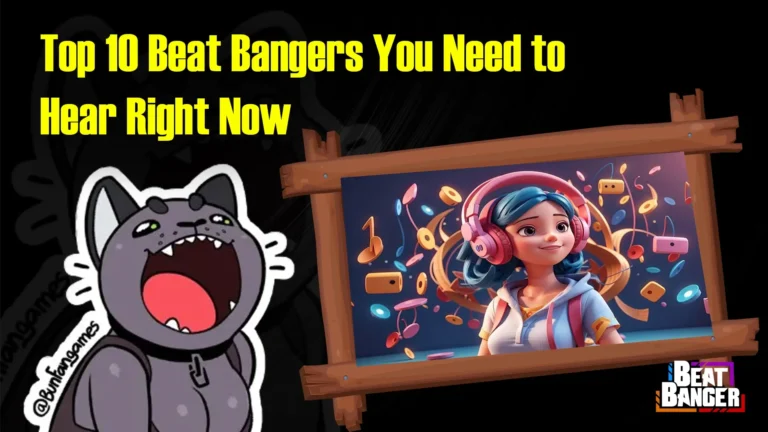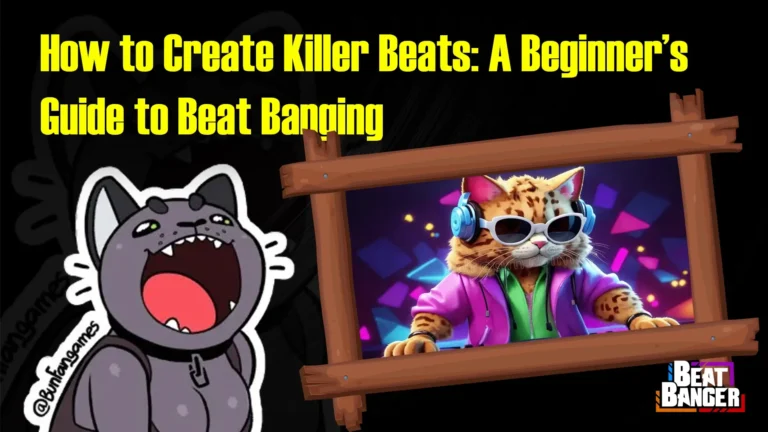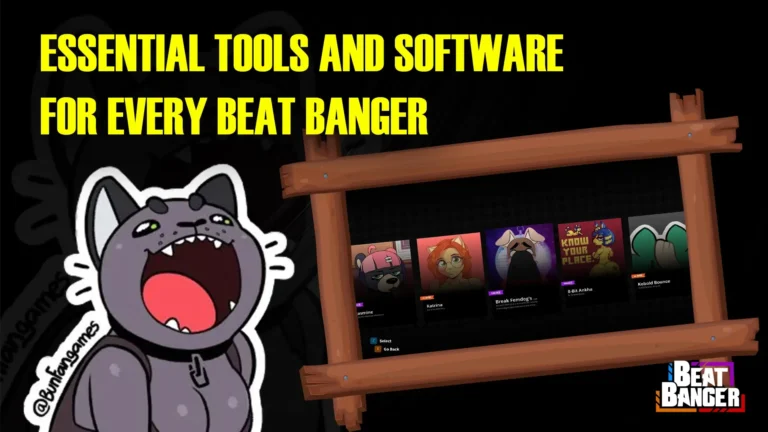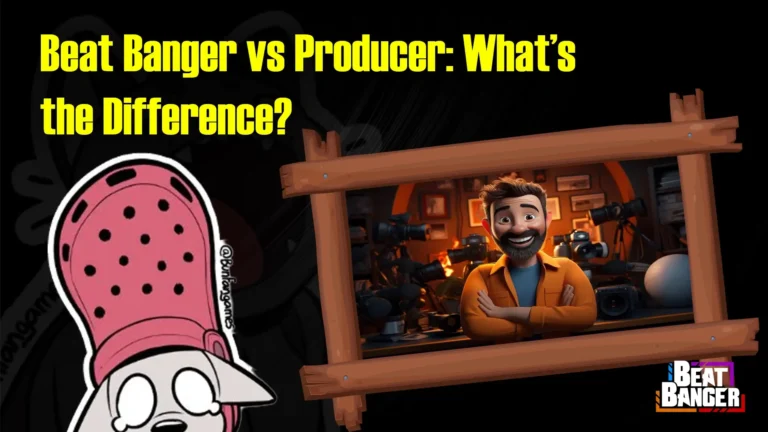The Evolution of Beat Making: From Old School to Modern Day Bangers

Beat making has been taking on many different forms, from the basic sounds of the early hip-hop days to now the high-quality, innovatively produced tunes of various types of music against each other. The craft which started as a creative solution to the lack of traditional musical instruments eventually grew into the foundation of today’s music, supported by the triad of technology, innovation, and culture.
The following article aims to guide through the major milestones within the beat making history starting from the era of the New York City streets in the 1970s till present digital audio workstations, virtual instruments, music production platforms such as Beat Banger, and other rhythm-based tools. This article aims to cover the key points in the development of beat making, tracking its journey from the streets of New York in the 1970s to today’s digital audio workstations, virtual instruments, and rhythm-based platforms like Beat Banger.
The Origins: Looping and Sampling in the 1970s–1980s
The birth of the beat making was derived from the sharp need for it. At the dawn of the hip-hop era, DJs like Kool Herc and Grandmaster Flash were busy isolating and then repeating the “breaks” in funk, soul, and disco records. Those loops were the foundation upon which the vocalists could rap their lyrics.
In the early 1980s, something as basic as samplers that penetrate the market such as E-mu SP-1200 and Akai MPC60 allowed producers to take extremely short bits of vinyl records and then arrange them into a completely new song. For the first time, hip-hop artists had a “common language,” namely, the use of samples, and with the aid of turntables, samplers and drum machines only, as Marley Marl, DJ Premier, and Pete Rock, they could create underground hits. Comment: Artists like Marley Marl, DJ Premier, and Pete Rock, who are still spoken of today, brought a new slang to the genre making it spread hill
Major Components:
- Loop patterns off of vinyl records
- The use of drum machines (Roland TR-808, TR-909)
- Lo-fi sound characterized by minimal digital editing
The Golden Era and Rise of Hardware (1990s)
The 1990s are regarded as the heyday of hip-hop production where the largest number of excellent records were produced. Dr. Dre, RZA, and J Dilla, as the most prominent figures, were the driving force behind the shift in the making of the beat. J Dilla, in particular, reshaped the idea of rhythm by going slightly off the grid in the drums patterns, and as a result, the beats became much more human-like and with that, a bit of soul was infused in them.
The particular period was marked by a massive set of hardware workstations that emerged such as the Akai MPC2000 and Ensoniq ASR-10, which instantly provided the possibility of sample cutting as well as beat sequencing for producers.
Trends during this time:
- Boom-bap drums with hard-hitting snares
- Focus on swing and groove
- Sampling from jazz, soul, and funk records
The Digital Shift: DAWs and Software-Based Production (2000s)
As the personal computers’ capabilities have grown, and the hardware became affordable, the era of software-based production replaced hardware for many beat makers. The Digital Audio Workstations (DAWs) like FL Studio, Ableton Live, Reason, and Logic Pro were the ones to offer many creative possibilities.
Producers did not have any problem with hardware memory or the sample time being short. The virtual instruments, MIDI sequencing, and digital effects were tools that were perfect for more straightforward and multilayered productions.
Big names such as Timbaland, The Neptunes, and Kanye West used the help of these tools to create the beats with complex structure and both the analog warmth and digital precision.
Important trends:
- Consumers could use thousands of virtual instruments and plugins
- Regulation of the entire process of writing, mixing, and mastering
- A change has been made in the direction of the music of electronic necessarily and pop-influenced style
The Modern Era: Genre Fusion and Accessibility (2010s–Present)
Today’s world of beat making is no doubt the most diverse and technologically accessible it has ever been. The impact of tools such as Splice, Loopcloud, and beat games like Beat Banger, which are all rhythm-based, is that they have made music production available to everyone who has a computer or a smartphone. Conversely, the boundaries of different genres are being faded — producers now mix trap, EDM, lo-fi, Afrobeat, drill, and hyperpop to create a bank of new sounds.
The art of a beat maker has also revolutionized. The majority of the beat makers now also are mixing engineers, sound designers, and full-on music producers overseeing a whole range of projects.
Characteristics of the Modern Era are:
- The musicians also use TikTok and YouTube to promote the music to a large
- The genre hybridity that is related to all that happens globally
- With mixing and mastering done in clean and polished way
- Players of layered melodies, 808s, vocal chops, and ambient textures
The Impact of Platforms Like Beat Banger
As an example of the new beat making wave—interactive, gamified, and beginner-friendly—tools like Beat Banger are what music producers are using nowadays. Traditional DAWs can sometimes be difficult for people who are just starting to learn music making, but Beat Banger is different. The tool simplifies the whole process by concentrating on rhythm, timing, layering, and myriad other things in a very intuitive setting.
Its lack of complexity compared to a real DAW does not need to be a show-stopper; it is the best at creating beats that are fun, immediate, and accessible, particularly for the beginners lot.
Why is that so important::
- Eliminate the roadblock to creativity brought by musical instrument sounds
- Open the door to modern music production
- Attract the new breed of digital creators
Conclusion
Beat making has grown from being an obscure art form to becoming a product of popular culture. What began with breakbeats and simple vinyl loops has become a digital art form that is being done by millions of people worldwide. As the technology of tools also changes—from machines to the software, and now to gamified apps like Beat Banger—the potential of the modern beat makers also changes digitally.
If you are using an MPC to perform sample chops or synthesizers to perform sounds in Beat Banger, then you are also a part of the rhythmic and innovative chain that continues to shape music in this way.





